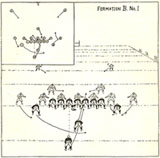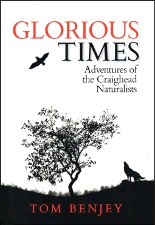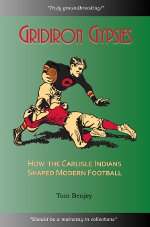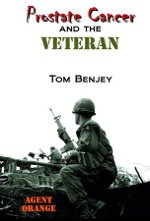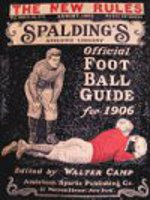Tex Noel informed me that the National Single-Wing Coaches Association was inducting its inaugural class of coaches into its Hall of Fame at its national symposium being held over the weekend at Edwardsville, Illinois. Of course I wanted to know more as I hadn’t paid attention to where the national symposium was being held this year. A quick look at the NSCWA web site indicated that Edwardsville High School Head Football Coach Mark Bliss and Running Backs Coach Dan Johnson were hosting the event at Edwardsville High School.
Of course I was interested in learning about a major single-wing event but that it was held at EHS also interested me. You see, I attended Edwardsville schools for grades 4 through 9. I was on the freshman football team but got little playing time due to barely weighing 100 pounds (on hot, sweaty days I didn’t weigh that much). The coaches seemed to be afraid that I would get hurt.
We played a T formation at that time, but Mark Bliss now has Edwardsville running the single-wing. The Tigers had a winning season overall, but lost one more conference game than they won. Being in the Southwestern Conference means they play East St. Louis, Belleville East and West, Collinsville, Granite City, O’Fallon and Alton. Winning a conference championship won’t be easy with perennial power East St. Louis often being ranked nationally. Perhaps the single-wing will give the Tigers the edge they need to beat the Flyers. Time will tell.
On a humorous note, the brochure for the symposium states that the location was to be held at Edardsville High School. I find that funny because grade school classmates would sometimes mispronounce the school and town names as if they were spelled that way. Teachers would cringe and correct them, often to no avail.
A concrete Tiger sat in front of the high school in my day. Rival Collinsville students would periodically pour a bucket of purple (the Kahoks’ school color) on the Tiger. I have no idea if it was moved to the new school.



